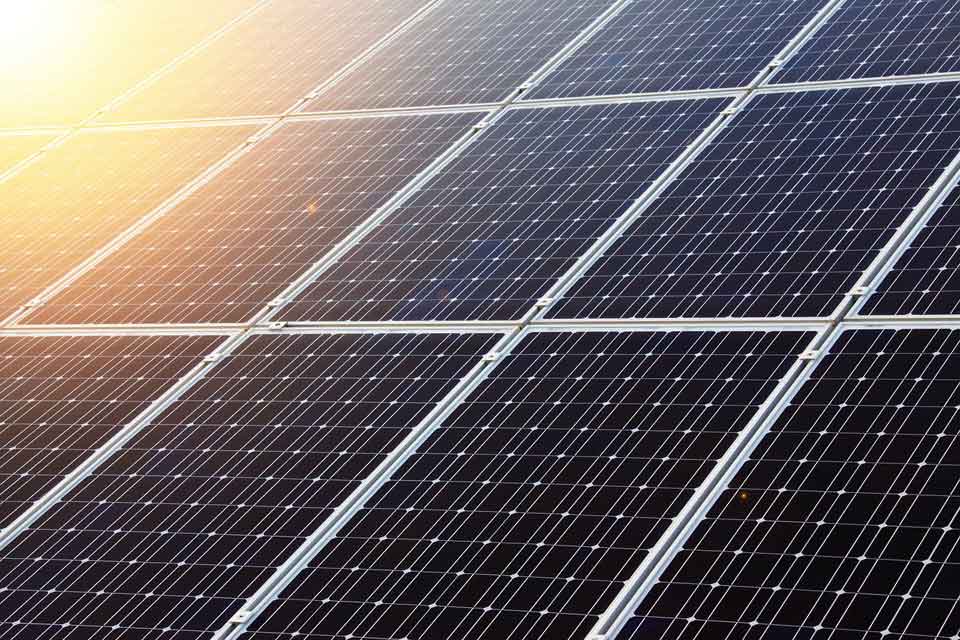Solar farm to save ‘hundreds of thousands of pounds a year’ off Rochdale council’s energy bills
https://energymanagementsummit.co.uk/wp-content/uploads/2023/03/2023_03_23_Heywood_solar_farm_news-2.jpg 960 640 Stuart O'Brien Stuart O'Brien https://secure.gravatar.com/avatar/81af0597d5c9bfe2231f1397b411745a?s=96&d=mm&r=gPlans for a brand new solar farm in Heywood in Greater Manchester are powering ahead, with the 10 hectare site set to produce enough energy to power 1,700 homes.
The electricity produced will be supplied to the national grid and used to offset the council’s annual energy bill, potentially saving the authority hundreds of thousands of pounds a year.
The project was made possible after Rochdale Borough Council successfully bid for £3.3 million funding from the European Regional Development Fund (ERDF). The project is being delivered by Vital Energi.
Chamber House is only the second solar farm in the borough, following the installation of one at Rochdale Leisure Centre, which helps to power the facility.
The Chamber House Solar farm will be able to produce 5.5 megawatts of electricity, which will make a significant contribution towards Greater Manchester’s target of increasing renewable energy generation by 45 MW before 2024 across the 10 boroughs.
Liam O’Rourke, cabinet member for climate change and the environment, said: “It’s great to see this vital project heating up. It’s really important for Heywood and the wider borough. All local authorities in Greater Manchester have pledged to become net zero by 2038 and schemes like this show that Rochdale is more than playing its part to help us all reach this important target.
“In addition to helping us to tackle the ongoing climate emergency, this scheme will shave thousands off the authority’s annual energy bill, which is more important than ever, as costs continue to rise.”
The new solar farm, which is expected to be operational during autumn 2023, is one of a number of schemes the council is delivering to help tackle the environmental crisis.
The borough’s 3 largest leisure centres have all had solar panels installed on their roofs, as have a selection of primary schools and other council buildings, including the Green Lane Depot and some council-owned industrial units.
Operations Manager at Vital Energi, David Oatt, said: “This is an ambitious project to create a major new solar farm capable of generating 5.5MW and is a significant step on Rochdale’s net zero journey. We are delighted to be working in partnership with Rochdale Borough Council on a project which will contribute to a cleaner, greener Greater Manchester as well as drastically reducing the council’s energy bills.”





